
Article contents

It’s super easy to transfer your pension from a previous employer – just choose a great new pension provider, and they’ll take care of everything for you. No need to speak to your old provider. Your money will simply turn up in your new pension after a short while. The hardest bit is finding a great new provider (we can help there, more below).
Got yourself a brand new job? Congratulations! Or, maybe you’ve got a pension with your old job from years and years ago…
Well, whatever the reason, now’s the time to sort out your old pension, and make sure it’s in the best place possible, helping you build a comfortable retirement – and somewhere you won’t forget about it when the time comes to retire (which happens more than you might think).
The good news is that transferring your pension from your previous employer is super easy. In fact, all you need to do is let your new pension provider (company) know that you want to transfer an old one over – and they’ll handle everything for you. As simple as that.
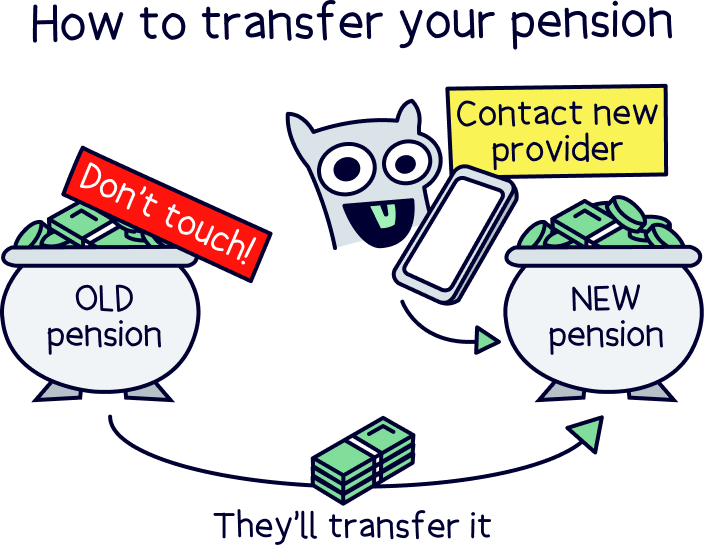
However, the hardest bit is finding the right pension provider to transfer to – and before you go rushing off, it’s not necessarily the best idea to transfer your old work pension to your new pension with your new job (officially called a workplace pension).
Transferring to your new workplace pension means it’s now stuck there until you leave for another job in the future (which could be quite a while) – you can’t transfer your existing workplace pension anywhere.
Also, your new workplace pension might not be the best. It could be expensive, it might have very bad customer service, and it may not be growing too much (among other reasons).
Some employers simply just go with any old pension provider to get the box ticked that they offer a pension (as it’s required by law), they don’t tend to research and go for the very best pension for you.
Instead, you’re now allowed to transfer it to any pension provider you like, so you could open a personal pension, which is simply a pension you set up yourself, rather than your employer doing it for you.
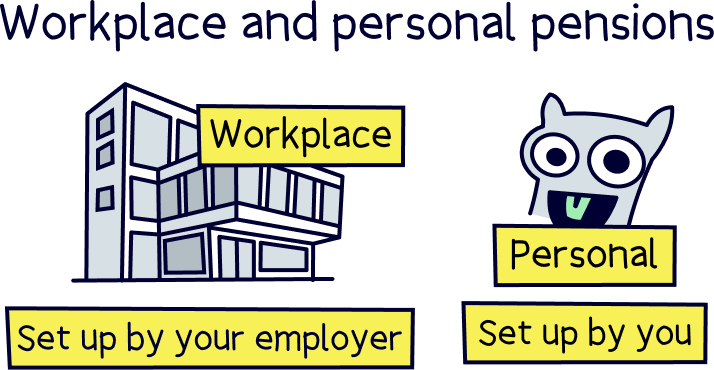
Note: a workplace pension and a personal pension are both types of private pensions – which are pensions in your name (private to you), you decide how much to save, and later, when to withdraw from it. The alternative is the government pension, called the State Pension, which you might get at State Pension age (currently 66), if you’ve paid enough National Insurance contributions (at least 10 years, but 35 years for the full amount).
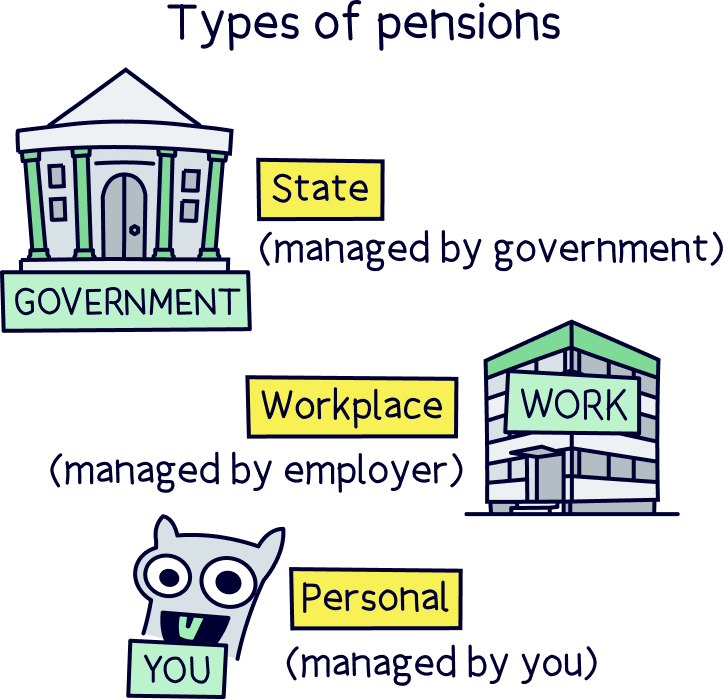
With a personal pension, you can choose from all the best pension providers out there (don’t worry, we’re here to help). That means you can pick one that’s easy to use, has low fees and a great record of growing pensions over time.
You’ll also be able to transfer your pension to another provider later down the line (if you want to), it won’t be stuck there like a workplace pension with your current job.
In fact, let’s run through our top picks of the best providers, and then run through everything else you need to know about pensions after.
PensionBee tops the list – it’s easy to use, has low fees, and a great record of growing pensions over time.
Get £50 added to your pension



PensionBee is our recommended provider – they’ve thought of everything.
Their 5 star rated app (and website) makes it easy to set up and use. You can open a brand new pension, or transfer your existing pensions across (they’ll handle all the paperwork).
Simply pick from an easy to understand range of pension plans, and that’s it, the experts manage everything from there.
It’s low cost, with one simple annual fee. The customer service is excellent, and you’ll get a dedicated account manager for any questions you might have.

And, when the time comes to retire, withdrawing from your pension is easy too.
You can also use them if you're self-employed or a company director.
Great app



A great and easy to use pension. Add money from your bank or combine old pensions into one, (they’ll find lost pensions too).
The customer service is excellent, with support based in the UK.

Beach is an easy to use pension app (and easy to set up), where you just add money and the experts handle everything. It’s all managed on your phone with a great app, and you can see your total pension pot whenever you like.
If you’ve got lost or old pensions, Beach can also find them and move them over too, so you can keep all your retirement savings in one place, and never have to worry about losing them in future.
You’ll get an automatic 25% bonus on the money you add to your pension pot from your bank account (tax relief from the government), which refunds 20% tax on your income, and if you pay 40% or 45% tax, you’ll typically be able to claim the extra back too.
The pension plan (investments) are managed by experts, who are the largest investment company in the world (BlackRock). And they consider things like reducing climate change, meaning your savings could make the world a little better in future too.
You can also save and invest alongside your pension with an easy access pot (access money in around a week), designed for general savings, with the investments managed sensibly by experts too. And money made can be tax-free within an ISA.
Fees: a simple annual fee of up to 0.73% (minimum £3.99 per month).
Minimum deposit: £25
Customer service: excellent
Pros:
Cons:
PensionBee tops the list – it’s easy to use, has low fees, and a great record of growing pensions over time.
Picked your favourite new pension provider? All you now need to do is open an account (which you can do online), and then simply let them know you want to transfer an old pension.
They’ll get in touch with your old pension provider and sort all the paperwork. Your money will simply turn up in your new pension account after a few weeks (sometimes a few months) – and typically all for free.
Nuts About Money tip: if you’re not sure where your old pension is (which pension provider), ask your old employer, or try the government’s pension tracing service. There’s also Gretel, a free service to help find lost pensions.
If you’re going self-employed, a personal pension is your only option to continue saving for retirement (and a great option). We’ll cover all the benefits below.
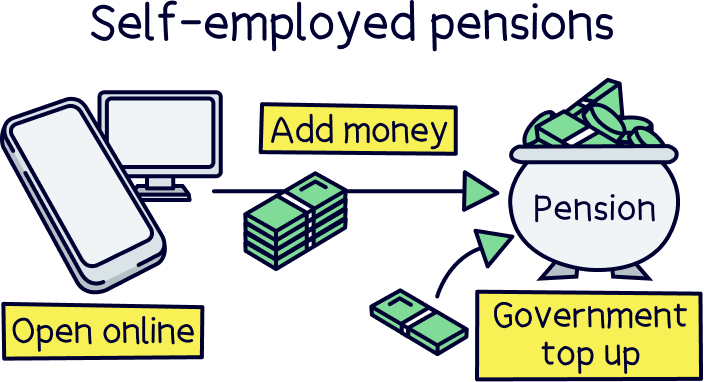
If you’re a limited company director, you can also pay in from your company and save even more in tax. Learn more with our guide to self-employed pensions, and pensions for limited company directors.
It can seem sensible to transfer your old pension to your new pension from work so all your pension savings are in one place. However, once you do that, it will then be stuck with your new workplace pension provider, which often isn't the best idea…
You could think of your pension like a mobile phone contract, or broadband deal – it often pays to shop around and find the best deal for you. Pensions are just the same, but with much higher stakes – with lots more savings to be had and more money to be made over time.
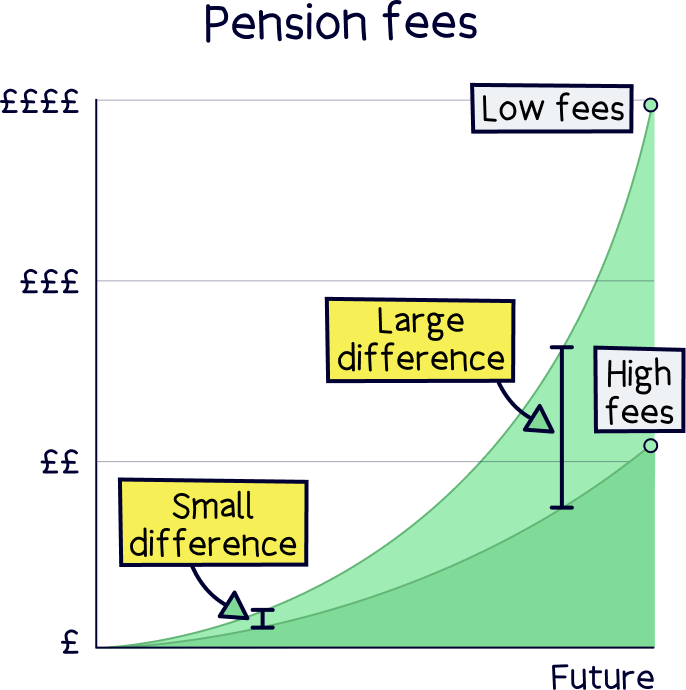
You can decide based on a number of factors, such as the fees, customer service, or an easy to use pension provider where you can see and manage your pension much easier (such as a mobile app).
Instead of transferring your pension to your new work pension, you can shop around and pick the very best personal pension for you – they’ve got all the same benefits too (such as tax-free saving, which we’ll run through below), but with the added flexibility of you in control, and the ability to switch to a new provider whenever you like in future, so you can always be with a provider you’re happy with.
Once you’re up and running with a personal pension, you can then transfer your work pensions across every time you move jobs too, so they’re all in one place and easier to manage (and won’t forget about).
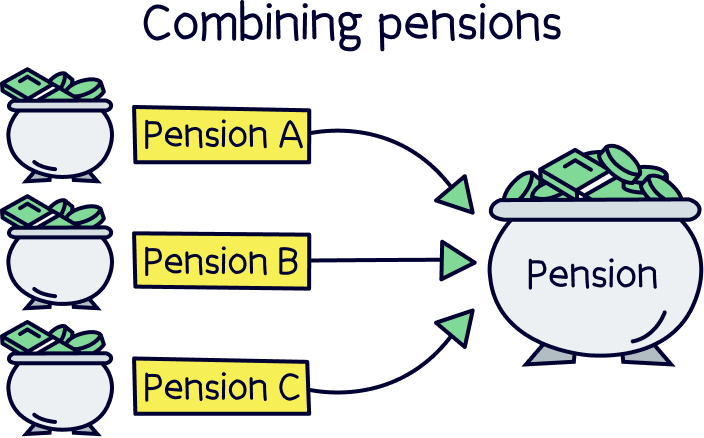
Nuts About Money recommendation: as a reminder, our top recommendation is PensionBee¹, it’s easy to use, has low fees, and a great record of growing pensions over time. Plus, you’ll get £50 added to your pension for free with Nuts About Money.
Let’s run through why a personal pension is a good idea to transfer your old pension to...
A personal pension works pretty much the same as your workplace pension, except you’ll add money to it directly (after you’ve paid tax), rather than through your pay from work.
You’ll be able to save completely tax-free, just like your workplace pension – but as you’ve already paid tax (or will pay), the government actually gives you this tax straight back into your pension pot when you add money…
We call this a government bonus. Everytime you add cash to your pension, you’ll get a massive 25% government bonus, added automatically. This is to refund the tax you’ve paid at 20% (it sounds odd but the maths works out).
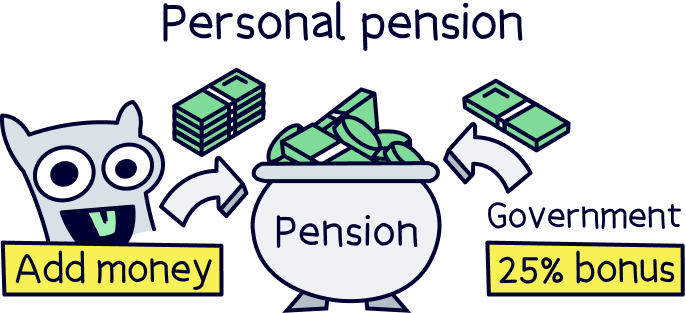
And if you pay higher rate tax (earning more than £50,270 and paying 40% tax), or additional rate tax (earning more than £125,140 and paying 45%) tax, you’ll be able to claim some of the tax paid at those rates too (by visiting the government’s online pension tax relief tool, or on your Self Assessment tax return if you do one. Chat to Taxfix¹ if you want help with this).
Your pension will also grow completely tax-free too – so it can grow much faster over time, and there’s no paperwork to worry about each year.
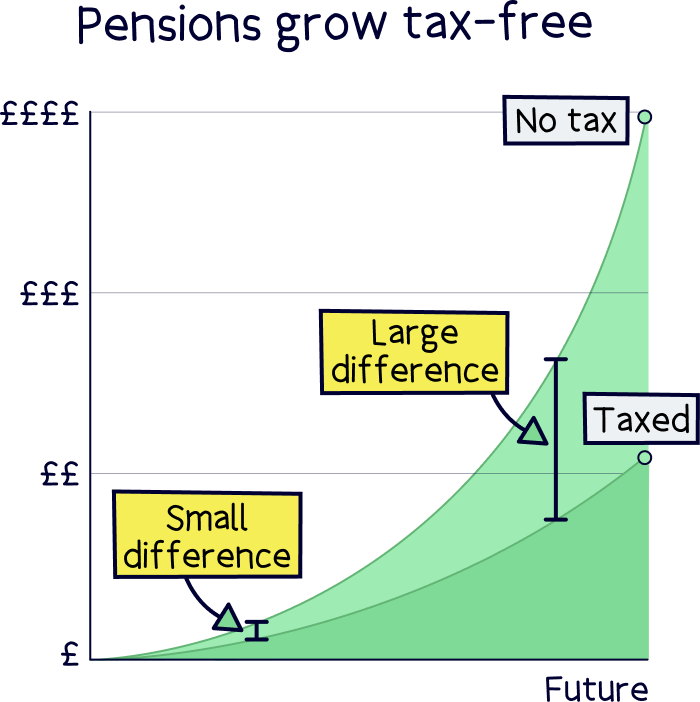
When the time comes to withdraw it, 25% will be tax-free, and you can take this as a tax-free lump sum if you like. You might pay Income Tax (the same as your job now) on the remaining 75%, it depends on your income at the time.
You’ll also be able to start making withdrawals from the age of 55 (57 from 2028) – although we recommend keeping it saved until you really need it, so it can grow much larger over time, building up your retirement income for a more comfortable retirement.
Pensions are unique (this counts for both personal pensions and workplace pensions), and are classed as their own special thing when it comes to Inheritance Tax. When you sadly pass away, there is in fact no Inheritance Tax to pay on a pension at all.
Pensions don’t count towards your ‘estate’, which is all of your money and possessions added together, and doesn't count towards Inheritance Tax, which can be 40% of anything above £325,000.
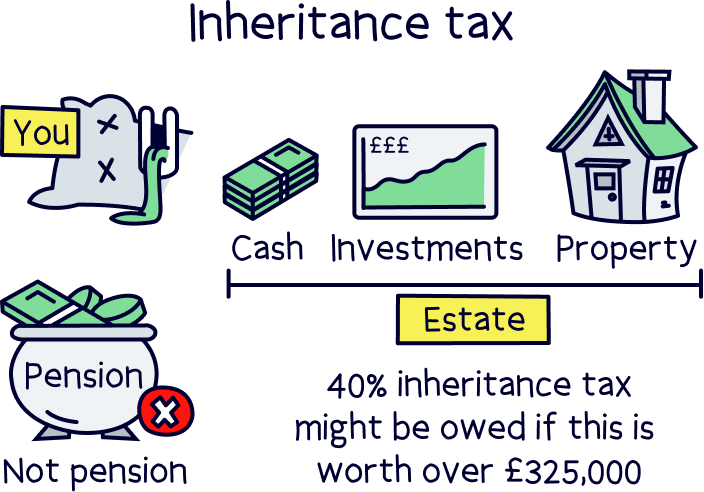
Instead, if you sadly pass under the age of 75, whoever receives your pension won’t have to pay any tax at all. If you pass away over 75, they might have to pay Income Tax on what they withdraw – it depends on their income at the time.
PensionBee tops the list – it’s easy to use, has low fees, and a great record of growing pensions over time.
If you’re an experienced investor, you’ve also got the option to make your own investments, rather than leaving it to the experts.
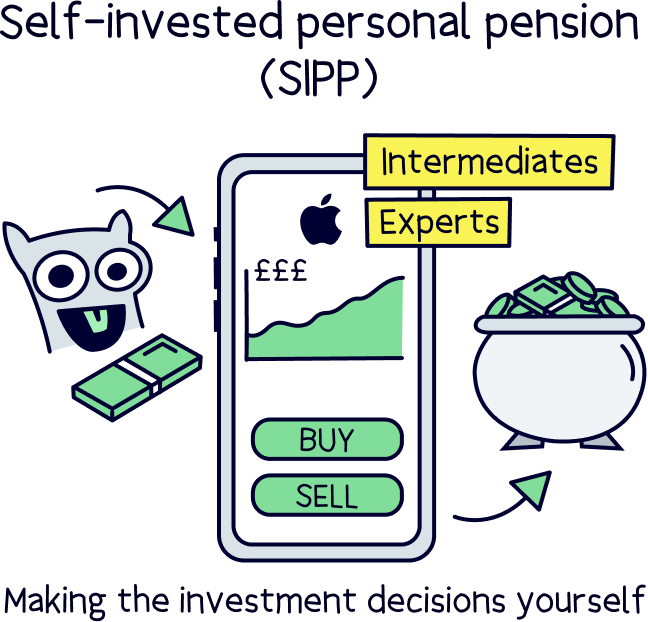
Traditionally, these types of pensions are called self-invested personal pensions, or SIPPs. You can pick from a huge range of investment options, and buy and sell investments as you like. To learn more about these, head over to the best SIPP providers.
Before you get carried away and immediately add all of your savings into your new personal pension, there are some limits to be aware of.
The first is that you won’t be able to access your money until you’re at least 55 years old (57 from 2028) – it’s for retirement after all, and a very good idea to keep it growing until you retire.
And, you’ll only be able to save as much as your total income each year (e.g. your salary), or up to £60,000, whichever is lower. Although you’re able to use the last 3 years allowance if you haven’t used it all too.
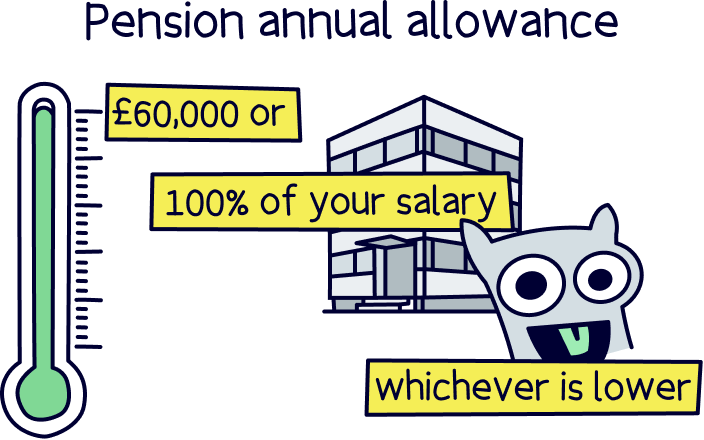
This bit might sound a tad confusing, but stick with us. We’re talking about defined contribution pensions, which are where you add money to a pension pot, either directly yourself, or it’s taken out of your salary automatically. Your pension pot then grows over time, and you have a nice big figure to do with as you like when you retire. These are common in most jobs.
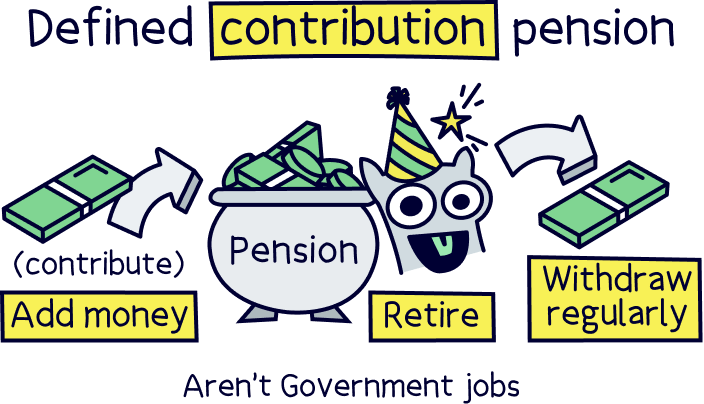
The alternative is a defined benefit pension scheme, which are common in government jobs and the NHS. These are where you’ll typically get a set amount each year when you retire, which can be guaranteed for life. The amount is often based on how long you’ve worked there, and what your salary was (these can be called a final salary pension, or average salary pension).
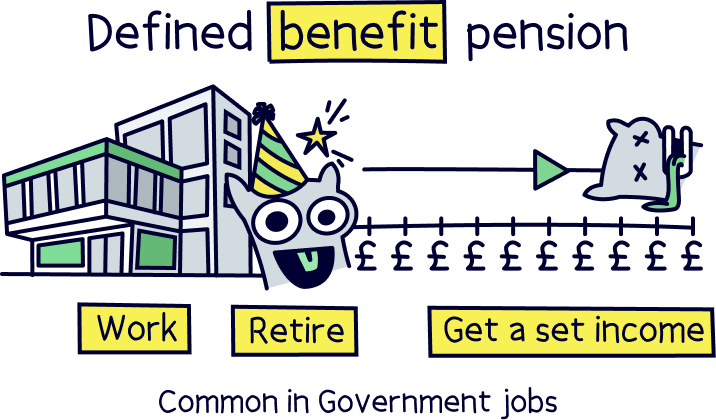
These are quite a bit different, and the guaranteed income of a defined benefit pension can often mean it’s not worth transferring it to another pension provider – you can simply leave it where it is until time to retire.
You can transfer them if you want to, but it’s a good idea to speak to a financial advisor before you do (and a legal requirement if the transfer value is over £30,000).
PensionBee tops the list – it’s easy to use, has low fees, and a great record of growing pensions over time.
Yep. Personal pensions are perfectly safe to use, and very popular.
Every pension provider has to be authorised by the Financial Conduct Authority (FCA), who are the people who make sure financial companies are looking after their customers and their money.
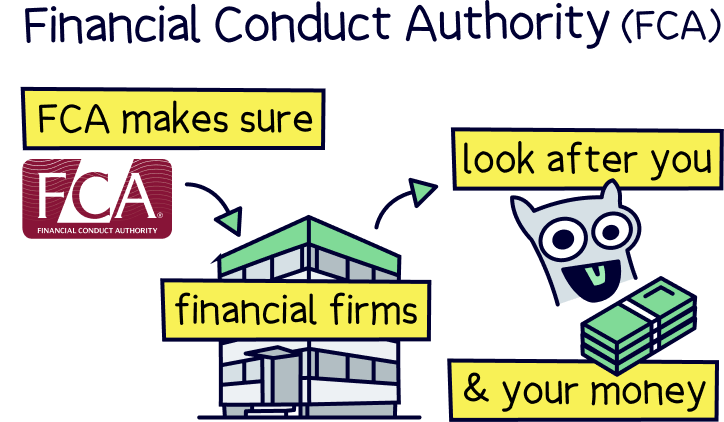
That means you’re also protected by the Financial Services Compensation Scheme (FSCS), which means you're protected by up to £85,000 should anything happen to the pension provider and they’re holding your cash (such as going out of business).
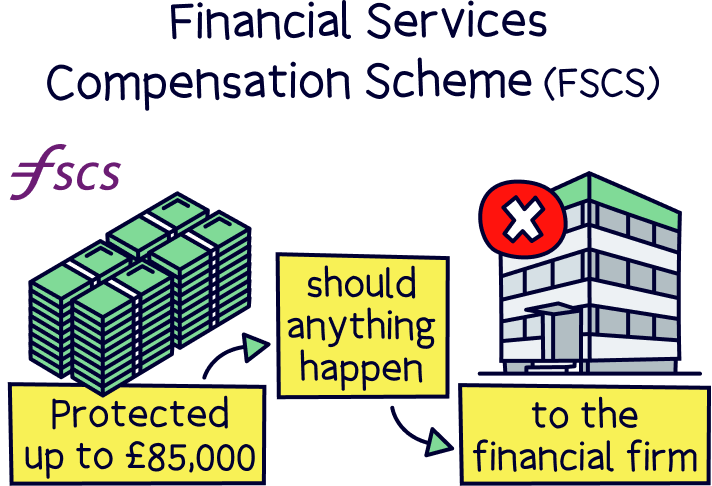
However, your money is typically within the investments themselves which are held by very large banks and financial companies, all in your name, and can only be returned to you.
Note: your pension can still go up and down in value over time. Although typically, pensions grow very large over time.
There we have it, how to transfer your pension from your previous employer. Not as hard as you first thought, right?
All you need to do is let your new pension provider know where your old pension is, and they’ll handle everything for you – your money will arrive in your new pension pot after a few weeks (sometimes a few months).
And once you’ve left your job, the world becomes your oyster when it comes to pensions – you can transfer it to any personal pension provider you decide. So, you can pick one that’s easy to use, has low fees and a great track record of growing pensions over time.
We recommend PensionBee¹ for all those reasons (and you’ll get £50 added to your pension for free with Nuts About Money). There’s also Beach¹, which is great too, you can save within a pension and an ISA (for general savings) at the same time.

For all the top options, check out the best personal pensions.
And that’s it. All the best saving for your future!
We’d love to hear from you, and it will help others too.
PensionBee tops the list – it’s easy to use, has low fees, and a great record of growing pensions over time.